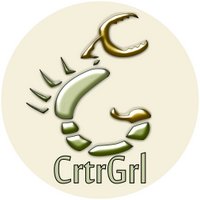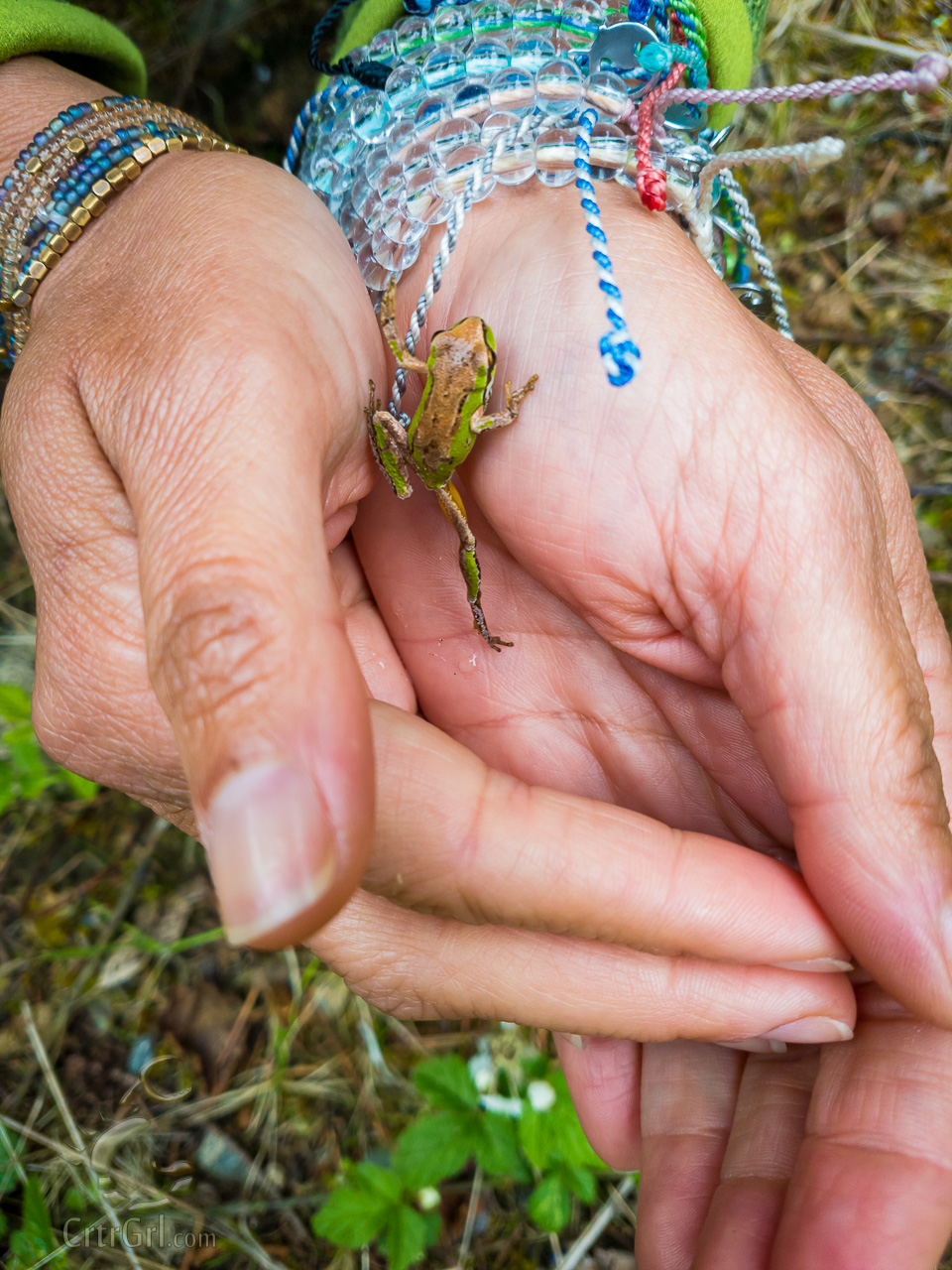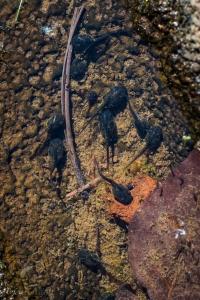Time For A Pacific Northwest Road Trip
I don’t think Scott & I could visit the Pacific Northwest enough times to become bored by it. Its endless lush, fairy tale forests decorated with crystal blue waters, moss covered trees & the tiny, wild animals greeting you on a hike are always so inviting. It was time for a road trip to some new & favorite destinations.
Greetings From Tiny Treasures
Almost each spot we visited in the Pacific Northwest we received precious greetings from tiny treasures… bugs. As usual, Scott would practically skip to photograph his favorite water wonders, while I get my Crtr on & focus on exploring the forests’ furnishings. I had found some familiar faces & some new. All & all, I was a kid in a candy store. What a treat this trip had been! Let’s go check out some of these tiny PNW Crtrs & their Bite Size Factoids.
Bite Size Factoids
Enjoy this dedication to the wonderful Crtrs of the Pacific Northwest.
Note: Keep checking this blog for updated YouTube video links you will find attached to most Crtrs below. After watching, please don’t forget to give the video a “thumbs up” & subscribe to my YouTube channel for more nature & Crtr fun! Big Crtr Hugs!
Salmonfly (Pteronarcys californica)
My first Crtr encounter was at our first campsite in McArthur Burney Falls, Northern California, which is considered part of the Pacific Northwest. While Scott was photographing the falls, I, sadly, noticed several fairly large dead flies on the wet, stone ground. As I was trying to ID them, I found a live one walking around. Of course, I hollered for the man with the cam to snap some shots of the large, winged Salmonfly (Pteronarcys californica).
Bite Size Factoids: Much like earthworms & other detritivores, these Crtrs, also known as Stoneflies, obtain their nutrients by grubbing on natural rubbish like dead plant matter, animals or feces. As “shredders” they break down larger debris into smaller particles as they eat. They are nature’s trash picker-uppers & composters. What an important role in the PNW ecosystem! One probable reason why I saw several dead Salmonflies is because the adults only live less than a month. YouTube video link here: Insects Of The Pacific Northwest (Salmonfly) – Bite Size Factoids Ep 18
Winged Carpenter Ant (Camponotus spp.)
In our first dispersed campsite in Oregon, we enjoyed great privacy surrounded by the buzzing sounds of bees, gnats, some mosquitoes & what seemed to be a Winged Carpenter Ant (Camponotus spp.). It wouldn’t stop accompanying me while I was cooking. I was actually jealous it didn’t tear up when it grubbed on the red onions. I sat down to enjoy the company & watch with amazement until it flew on a plant to show off its beauty for the cam.
Bite Size Factoids: Both males & females are winged. There are 2 types of Carpenter Ant nests, parent & satellite colonies. Parent colonies usually consist of workers, brood & an egg laying queen. Satellite colonies may also contain workers, mature larvae & pupae. Winged males & females leave the satellite colonies, during warmer & humid conditions, to get it on in flight. Once they’ve copulated, the males die & the queen divas shed their wings searching for another spot to build their nests & lay their eggs. Watch the YouTube video here: Insects Of The Pacific Northwest (Winged Carpenter Ant) – Bite Size Factoids Ep 19
Western Toad (Anaxyrus boreas)
Growing up I would step outside to a menagerie of amphibians. Today, it saddens me greatly that in a rainforest, so perfectly lush for amphibians, can be like finding a needle in a haystack. Naturally, we get very excited when we do find that needle, er, in this case, Western Toad (Anaxyrus boreas).
Bite Size Factoids: What differentiates a male Western Toad from many other male toads is that they’re missing a vocal sac. No mating calls for the boys, but they do make a higher pitch sound when feeling distressed. They’re nifty hunters with excellent vision & sticky tongues to snatch up their prey for a yummy meal. To avoid becoming a yummy morsel themselves, they rely on their warty exterior & secrete a poisonous substance that will kill their hungry predator. You can watch this cutie in action here: Tiny Animals Of The Pacific Northwest (Western Toad) – Bite Size Factoids Ep 20
Pacific Tree Frog (Pseudacris regilla)
We were also very happy to see several Pacific Tree Frogs (Pseudacris regilla) when we reached Port Townsend, WA. They were hopping around the forest ground as we checked out the scene. If they hadn’t moved around, it was difficult to spot these tiny treasures camouflaged in the gorgeous greenery! For a few Bite Size Factoids on these Crtrs, check out my video: Tiny Animals Of The Pacific Northwest (Pacific Tree Frog) – Bite Size Factoids Ep 21
Cyanide Millipede (Harpaphe haydeniana)
On another dispersed & favorite campsite in Oregon, Scott & I were greeted by several beautiful Cyanide Millipedes (Harpaphe haydeniana). It was a bit nerve racking since they camouflaged so well with the forest’s substrate we would almost step on them. I think we succeeded in keeping them alive. Phew!
Bite Size Factoids: These Crtrs seemed to be also known as Yellow-Spotted Millipedes, which was a bit confusing to me since the ones we photographed in Oregon were clearly red tipped. Either way, the colors on the tips of their segments are to protect them from potential predators. It’s all in their name, they secrete cyanide which is not dangerous to humans, but lethal to those who are unfortunate enough to attack them. Another name given to them is Almond-Scented Millipedes due to the “toasted almond” odor that comes from the cyanide they secrete. You can find these detritivores on decaying trees &, as I mentioned before, on the ground feasting on the dead. Excuse my gruesome sense of humor. Moving on…
Other Tiny Crtr Greetings
There were other tiny Crtr greetings, but less photos of them. Some, though, have more video footage instead.
- A golden brown Click Beetle (Elateridae) sp? Found in Oregon. A fascinating Bite Size Factoid: these Crtrs have a spine in their bellies which they use to flip themselves upright.
- Echo Azure (Celastrina echo) Fairy like butterflies dancing around a beautiful Oregon viewpoint. Bite Size Factoid: females lay their crystal ball shaped eggs on flower buds where the larvae are tended by ants. You can see these beauties in action here: Tiny Animals Of The Pacific Northwest (Echo Azure Butterfly) Pt 1 – Bite Size Factoids Ep 23
- Tadpoles hiding in the crater like puddles of the Rogue River Gorge in Oregon gave me a glimmer of hope that they will flourish & blanket the PNW forest grounds again. It does depend on humans breaking many bad habits. Bite Size Factoid: Their diet is primarily herbivorous until their mouth parts & internal organs are developed during metamorphosis. Video link: Tiny Animals Of The Pacific Northwest (Puddle Crtrs) Pt 1 – Bite Size Factoids Ep 22
- Mosquito larvae & pupae. Ok, I know most people think “gross” rather than “cool” when greeted by anything mosquito, but I’m CrtrGrl so I thought it was a very kewl moment! We’ve seen mosquito larvae before, but never in their pupal stage. There’s great video footage of both Crtrs swimming with tadpoles in video link here: Tiny Animals Of The Pacific Northwest (Puddle Crtrs) Pt 1 – Bite Size Factoids Ep 22! Bite Size Factoids: Wigglers, the larvae, stay in water 4-14 days. Floating at the surface, the pupae, aka tumblers, take in oxygen thru 2 breathing tubes called “trumpets“.
- Robber Fly (Asilidae) sp? greeted us while staying at a dispersed campsite in the Cascade Mountain Range, Oregon. We’re happy it stayed for a glam shot before flying off to do it’s Crtr thing. Bite Size Factoid: Using their proboscis, they inject caught prey with saliva containing enzymes that paralyze their victim before sipping up their internal juice.
- Of course, we’re always greeted with cuddles of slime by our PNW fave chubbsters, Pacific Banana Slugs (Ariolimax Columbianus)! I made a fun Bite Size Factoids video on these charmers last year! Click here to view: Mighty Slimy Banana Slugs – Bite Size Factoids Ep 4!
Stay tuned!
Stay tuned for many more encounters with tiny, wild animals of the Pacific Northwest & their nifty skills in their natural habitats via my YouTube video links!
Photos by Forest2SeaAdventurePhoto














Leave a Reply